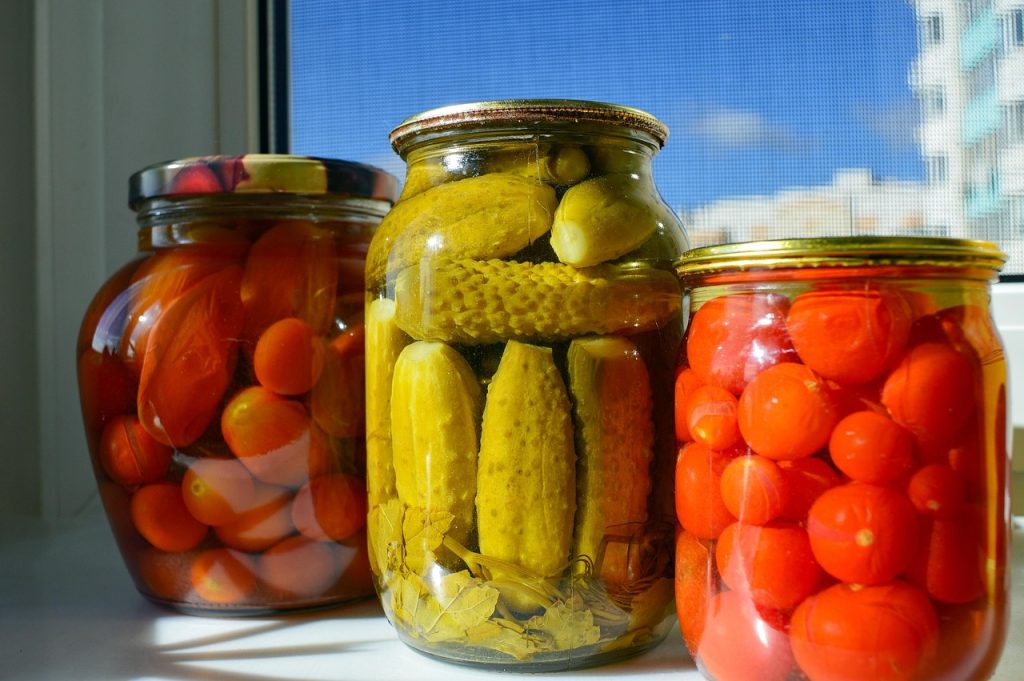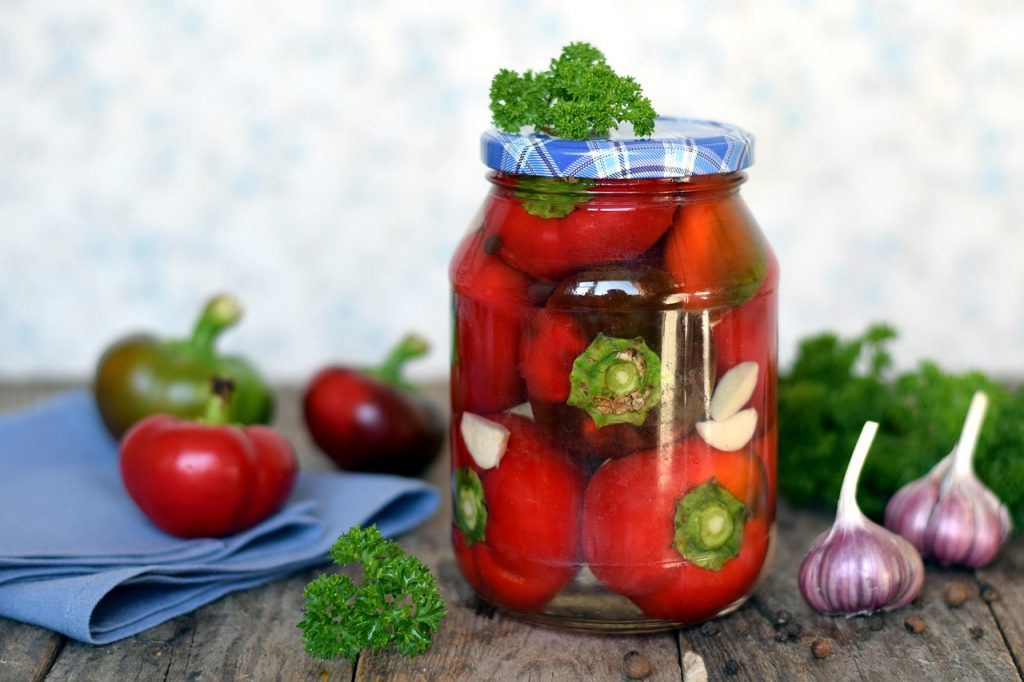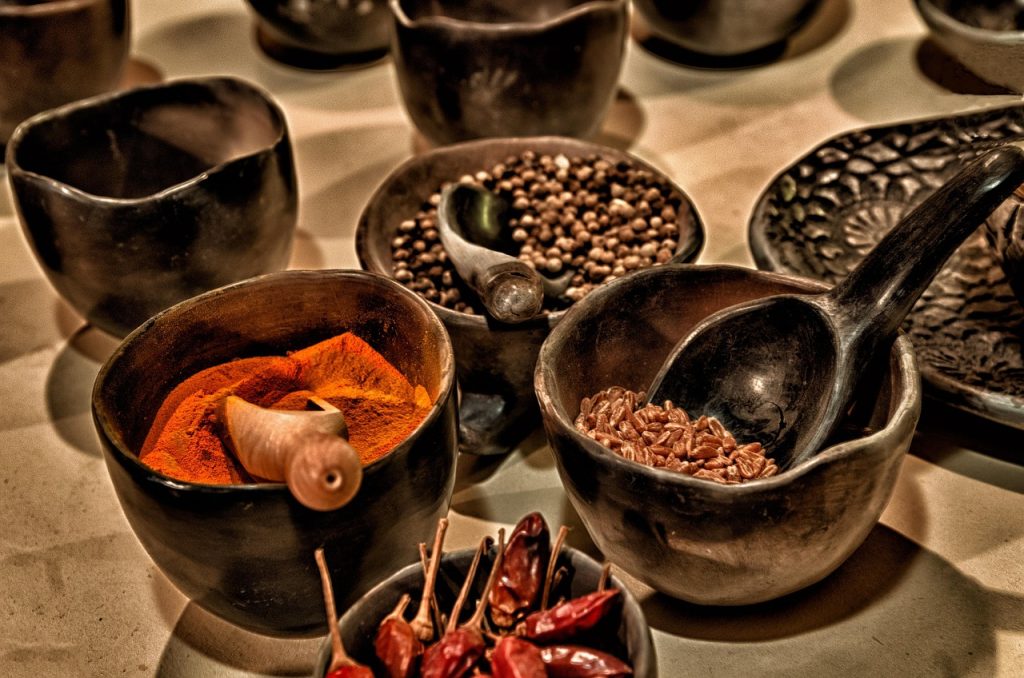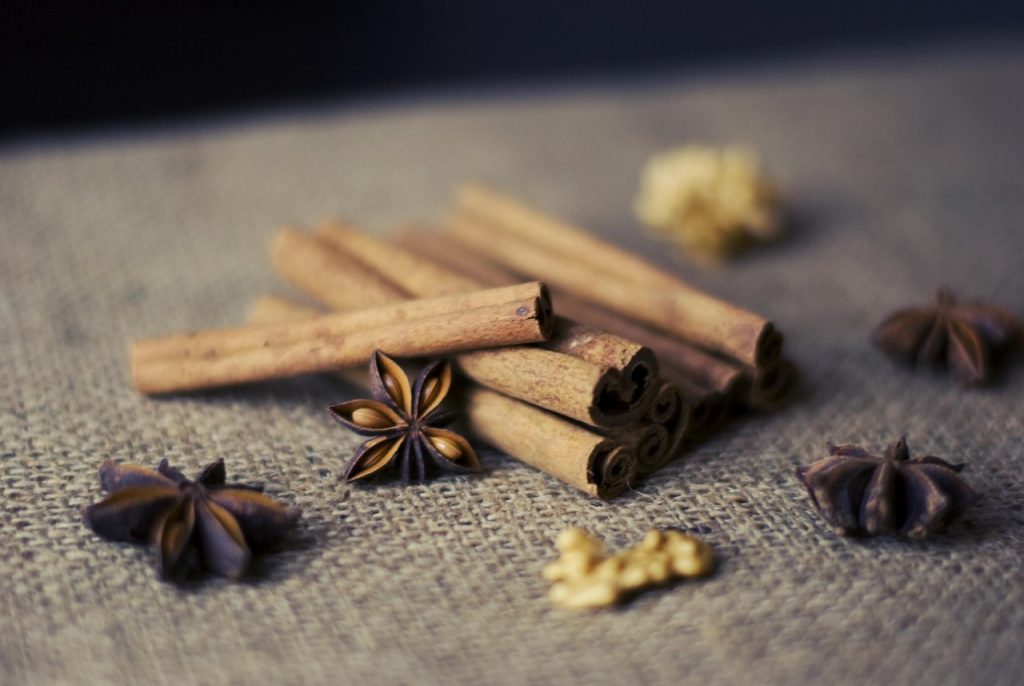Nepali pickles are more than just food – they are a big part of Nepali culture. Known as achaar, these flavorful condiments are found in nearly every kitchen across Nepal. From the hills to the plains, Nepali pickles bring people together and make meals more delicious.
Table of Contents
What Are Nepali Pickles?

Nepali pickles are made using fresh vegetables, fruits, or seeds, mixed with spices and oil. Common ingredients include tomatoes, radishes, mangoes, lemons, chilies, garlic, and sesame seeds. Every family has its own recipe passed down through generations.
Pickles can be dry or juicy, spicy or tangy. Some are made fresh to eat right away, while others are preserved in jars for later use. In either case, they add a burst of flavor to any meal.
Why Are Nepali Pickles Special?

Nepali pickle achaar is special because it is homemade, natural, and packed with bold flavors. Most are made with local ingredients and traditional methods like sun-drying and roasting.
Additionally, these pickles are chemical-free and made with love and care, which makes them healthier and more authentic. As a result, people enjoy not only the taste but also the health benefits.
Popular Types of Nepali Pickles
Nepal has many kinds of pickles. Here are a few favorites:
- Tomato Pickle (Golbheda ko Achaar) – Made with ripe tomatoes, garlic, green chilies, and sesame seeds.
- Radish Pickle (Mula ko Achaar) – Uses fresh radish, mustard oil, and spices. It’s crunchy and tasty.
- Mango Pickle (Aap ko Achaar) – Green mango slices mixed with chili powder, mustard seeds, and turmeric.
- Lapsi Pickle – A sweet, sour, and spicy pickle made from the Nepali fruit lapsi.
- Gundruk Achaar – Made with fermented leafy greens, full of strong and tangy flavor.
Each variety has its own unique taste, and all of them reflect the diverse regions of Nepal.
Health Benefits
Nepali pickles are not only flavorful but also good for your health. For example:
- Fermented pickles like gundruk help with digestion.
- Spices such as turmeric and garlic are natural medicine.
- Homemade pickles do not contain harmful chemicals.
Because of these benefits, many people include pickles in their daily meals.
Cultural Importance of Nepali Pickles
Making pickles is a tradition in Nepal. Families gather to prepare achaar together, especially during festivals and special events. Moreover, grandparents teach their recipes to younger generations, keeping the culture alive.
In rural areas, you can see jars of achaar placed in the sun, slowly soaking in flavors. It is not just food – it is a family activity and a piece of heritage.

Nepali Pickles Around the World
Today, this pickles are enjoyed in many countries. As more Nepali communities live abroad, the love for achaar spreads. Furthermore, small businesses sell bottled pickles online and in stores.
These jars carry the taste of home and introduce the world to Nepal’s spicy side. In fact, people of all cultures enjoy Nepali pickle achaar with rice, noodles, bread, or snacks.
Challenges and Opportunities
While Nepali pickles are becoming more popular, there are still challenges. For instance, some local makers lack proper packaging or ways to ship their products safely.
However, there are great opportunities too. With good branding, clean packaging, and online marketing, more people can discover the delicious world of Nepali pickles.
Try This Easy Nepali Pickle at Home
Here is a simple recipe to make Tomato Pickle (Golbheda ko Achaar):
Ingredients:
- 2 ripe tomatoes
- 2 garlic cloves
- 1 green chili
- 1 tablespoon sesame seeds
- Salt to taste
- A little cooking oil
Steps:
- First, roast the tomatoes until soft and the skin peels easily.
- Next, toast the sesame seeds in a dry pan.
- Then, grind tomatoes, garlic, chili, and sesame seeds.
- After that, add salt and a bit of oil.
- Finally, mix well and enjoy with rice, bread, or snacks!

The Future of Nepali Pickles
The future is bright for Nepali pickles. As more people search for natural and homemade foods, the demand for achaar grows.
Young Nepali entrepreneurs are using websites and social media to sell pickles worldwide. This not only helps promote local products but also preserves culture.
Conclusion
Nepali pickles are full of flavor, tradition, and health. Whether it’s spicy tomato or tangy lapsi, every bite tells a story of Nepal.
With the help of good marketing and community support, taste is finding a home in kitchens all around the world. So, try a spoonful and taste the true flavor of Nepal!
